John Rankin House, Ripley OH
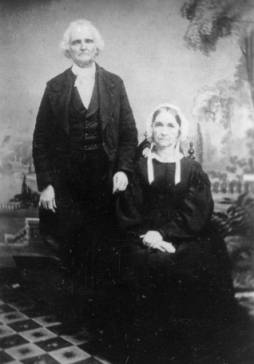
Every fugitive slave that passed through Ohio seeking freedom had to find an entry point into Ohio’s Underground Railroad. John Rankin’s house in Ripley Ohio was an ideal gateway due to its location right on the border of Ohio and Kentucky as well as the warmth and welcome of John Rankin. Rankin originally lived near the middle of Ripley, but in 1828 he purchased a house on a hill slightly out of town which gave a good vantage point over the river. Rankin’s house served as a stop on the underground railroad and provided safe passage for up to 2,000 fugitive slaves from 1822 to 1865.[1]
Rankin was one America’s earliest and most outspoken abolitionists. His most far reaching publication was his Letters on American Slavery which was published nationally and is counted among the most influential American abolitionist documents. Rankin was involved in varying levels with the Ripley Anti-Slavery Society, the Ohio Anti-Slavery Society, and the American Anti-Slavery Society. Among many other recognitions of his contributions to helping fugitive slaves, some contemporaries referred to him as the “father of abolitionism” and the escape of Eliza Harris in Uncle Tom’s Cabin was inspired by Rankin.[1]
Runaway slaves seeking passage on the underground railroad would have to find some way of crossing the Ohio River and subsequently finding safe harbor without alerting the authorities. The operation was inherently dangerous; slave owners were wealthy and powerful. Slave owners would often place wanted posters with significant rewards for capturing fugitive slaves.[2] As the numbers traversing the river (to go to Rankin’s house or one of the many other stops on the railroad that were just north of Ohio) increased, the danger grew commensurately.
To ease the danger, Rankin implemented several safety features. Transportation would only happen on moonless nights when it would be hardest to see a small boat on the river. On nights when he deemed the river to be safe to cross, Rankin would light a lantern by his house to signal that fugitives could be safely brought across and to point out where the guides should direct their passengers.
When the guides reached the Ohio side of the river, Rankin, his sons, and other abolitionists would take the fugitives up a hidden set of stairs that led up to Rankin’s house. Arnold Gragston, a guide for many years, states that the entire process was so shrouded in secrecy that after his first memorable trip, even he did not know what his passengers looked like. They were identified only by stating the correct password.[3]
In any case, crossing the river to find safety in the Rankin house was a dangerous, harrowing experience. Gragston related his first time ferrying an escaping slave across the river in a Federal Writers Project interview. The whole journey across Gragston worried that his master would find out what he had done or that he would not know where to go when he got to the other side of the river. The danger was tangible for him. His description of his arrival to the Ohio side of the river gives a glimpse into his experience.
“Well, pretty soon I saw a tall light and I remembered what the old lady had told me about looking for that light and rowing to it. I did; and when I got up to it, two men reached down and grabbed her; I started tremblin’ all over again, and prayin’. Then, one of the men took my arm and I just felt down inside of me that the Lord had got ready for me. “You hungry, Boy?” is what he asked me, and if he hadn’t been holdin’ me I think I would have fell backward into the river.”[3]
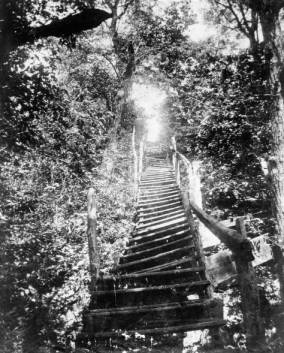
Even with the secrecy of the underground railroad, Ripley was well known to be a abolitionist hotbed. Slave owners placed bounties of $2,500 on Rankin's head for his work in guiding slaves along their path. This was not an uncommon danger for known railroad operators.[1] If Rankin was himself at risk of violent retribution from the slave owners in the south, African American guides such as Gragston as well as the fugitive slaves he was transporting faced an even riskier situation. Violence, rough treatment, and even death would not have been out of the question. The bravery of the railroad conductors and passengers in Ripley should be celebrated.
By 1863, slave owners had grown increasingly aware of Gragston’s actions and began to watch his every move. Gragston stopped performing his river transit and eventually was forced to flee his master’s plantation. After weeks without a home, Gragston and his wife decided they had done enough and took the path across the river that Gragston had helped so many others to do. Two years later, the end of the civil war marked the end of the underground railroad in Ripley.
Images
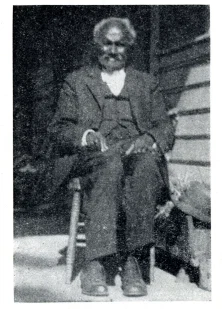
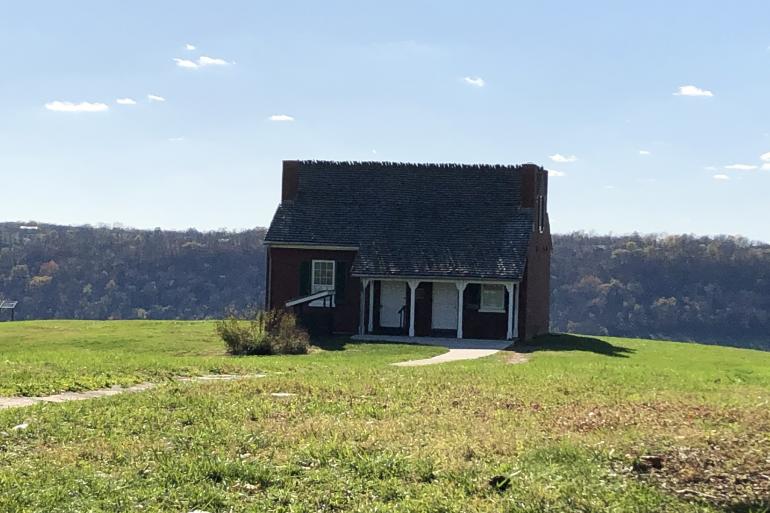
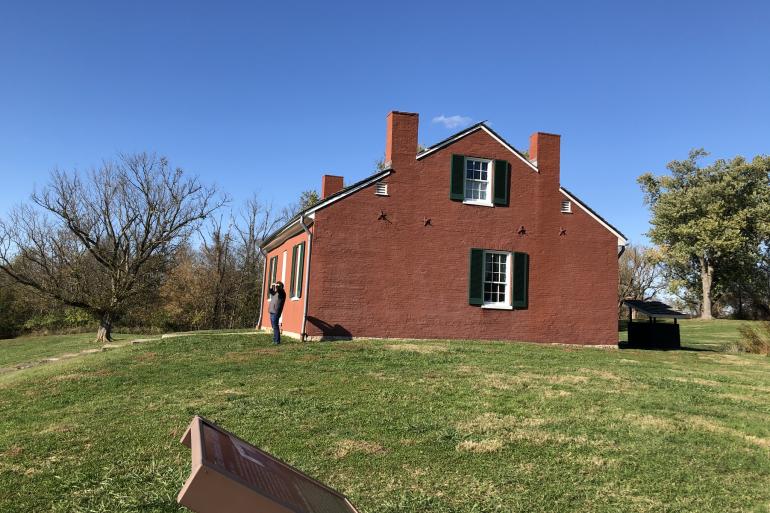
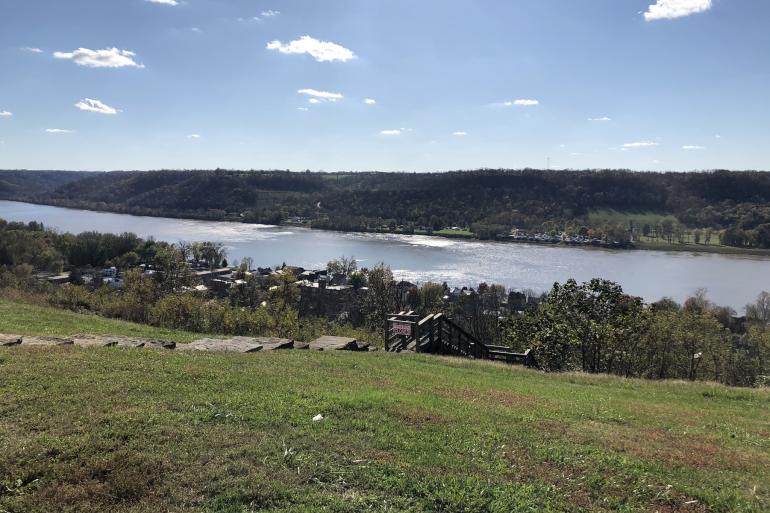
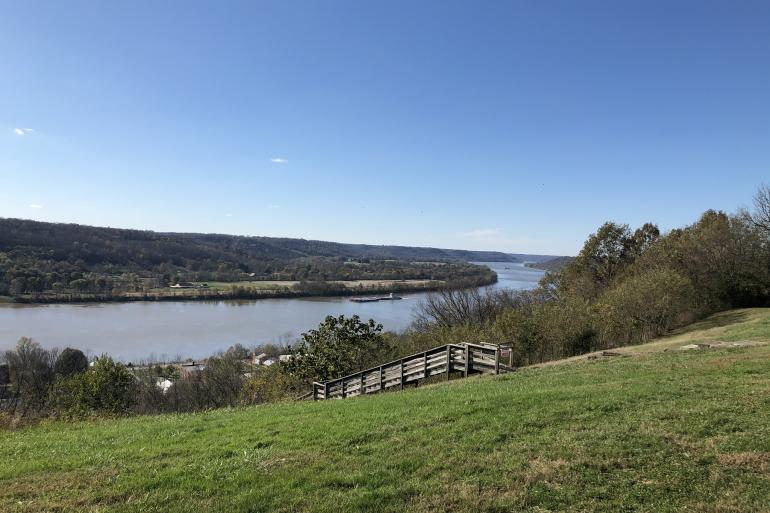
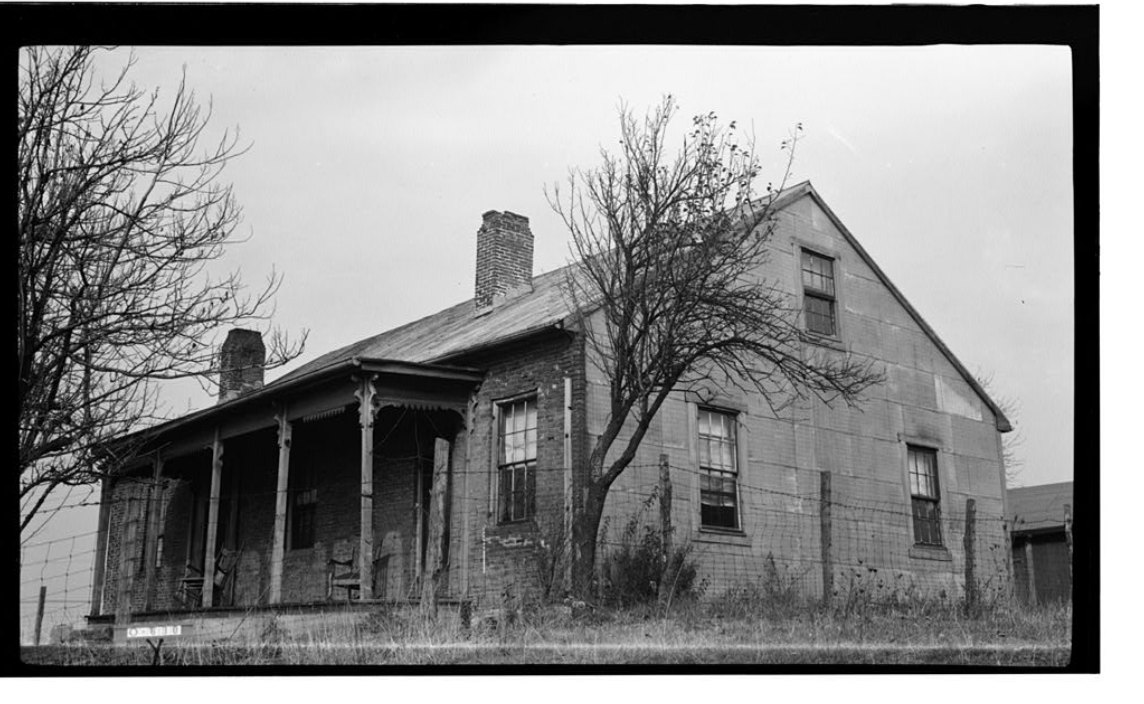
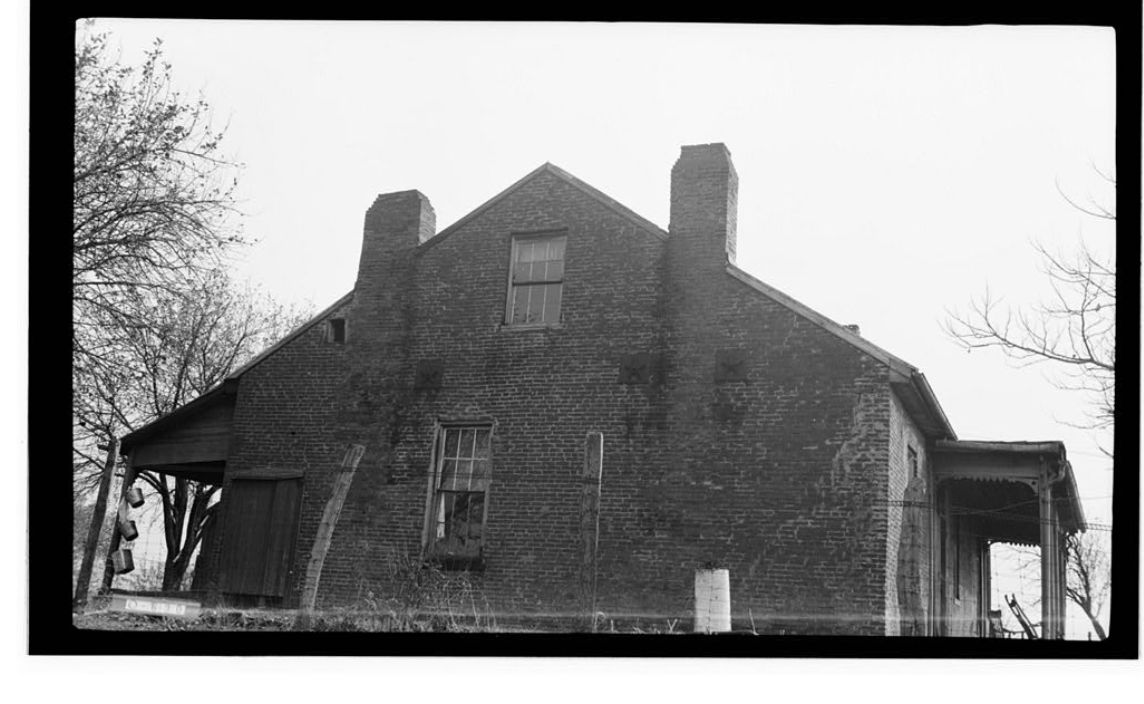
Sources
1 - Dulberger, Judith. (1996). National Park Service. John Rankin House - National Historic Landmark Nomination. Retrieved November 5, 2020, from https://npgallery.nps.gov/pdfhost/docs/NHLS/Text/70000485.pdf
2 - William, S. (1872). The Underground Railroad., Rev. Ed. Retrieved October 27, 2020, from https://www.gutenberg.org/files/15263/15263-h/15263-h.htm#frontis
3 - Gragston, A. (1936, 1938). Born in Slavery: Slave Narratives from the Federal Writers’ Project. Library of Congress. http://memory.loc.gov/cgi-bin/ampage?collId=mesn&fileName=030/mesn030.db&recNum=148&itemLink=D%3Fmesnbib%3A1%3A.%2Ftemp%2F~ammem_7c7N%3A%3A
4 - John Rankin - Ohio History Central. Ohio History Central. Retrieved November 5, 2020, from https://ohiohistorycentral.org/w/John_Rankin
5 - Underground Railroad - Ohio History Central. Ohio History Central. Retrieved November 5, 2020, from https://ohiohistorycentral.org/w/Underground_Railroad?rec=1518
6 - Bound for the Future – in Pictures. (2012, September 3). Jonathan Shectman. Retrieved November 18, 2020. https://jonathanshectman.com/whoswho/
7 - Fischer, J. (2015, March 16). John Rankin House. Cincinnati USA. https://cincinnatiusa.com/things-to-do/attractions/john-rankin-house
8 - Historic American Buildings Survey, C. (1933) Dr. John Rankin House, Liberty Hill, Ripley, Brown County, OH. Ohio Ripley Brown County, 1933. Documentation Compiled After. [Photograph] Retrieved from the Library of Congress, https://www.loc.gov/item/oh0042/.
Rankin, J. (1833). Letters on American slavery, addressed to Mr. Thomas Rankin, merchant at Middlebrook, Augusta County, Va. Boston, Garrison & Knapp.http://archive.org/details/lettersonamerica00rank_0
Rankin House - Ohio History Central. Ohio History Central. Retrieved November 5, 2020, from https://ohiohistorycentral.org/w/Rankin_House
National Park Service. Network to Freedom Underground Railroad Locations. Retrieved October 27, 2020, from https://nps.maps.arcgis.com/apps/webappviewer/index.html?id=6ae641046056452c8e20d72f9c3bcbd9
Donovan Byler